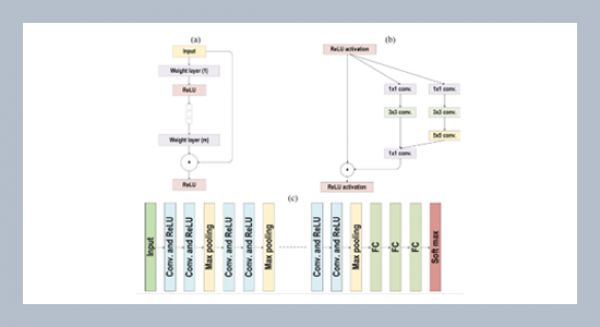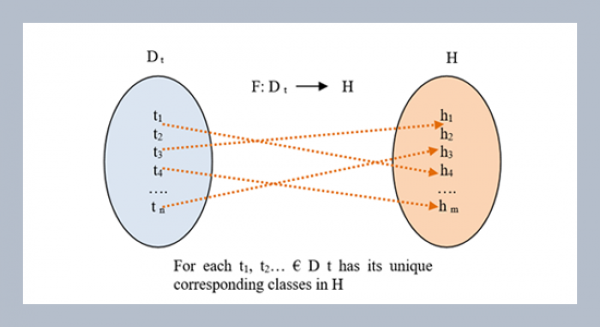Alluri V. Krishnaraju1, Tayi V. N. Rao1, Dodda Sundararaju1, Mulabagal Vanisree2,Hsin-Sheng Tsay2, and Gottumukkala V. Subbaraju1* 1 Laila Impex Research Centre, Unit I, Phase III, 1Laila Impex Research Centre, Unit I, Phase III,Jawahar Autonagar, Vijayawada –520 007, India.
2 Institute of Biotechnology, Chaoyang University of Technology,Wufong, Taichung 413, Taiwan
Download Citation:
|
Download PDF
Medicinal plants constitute important components of flora and are widely distributedin different regions of India. Based on ethnomedical significance, we have collected several medicinalplants used in traditional medicine from Eastern Ghats of India and evaluated for theirbiological activity. In the present study, a method utilizing brine shrimp (Artemia salina Leach)lethality was used to screen medicinal plants for their biological activity. Aqueous extracts from118 Indian medicinal plants were screened by the brine shrimp lethality assay and found elevenout of the 118 extracts showed significant toxicity to the brine shrimp (<60 μg/ml). Polygonumcuspidatum and Syzygium cumini extracts have exhibited potent activity with LC50 13.5 and 20,respectively. The results were analyzed within the context of the available traditional knowledgeand uses for these plants. Present study could be useful in the search for new antitumor compoundsfrom the Indian flora.ABSTRACT
Keywords:
Artemia salina; cytotoxicity, brine shrimp; Indian medicinal plants
Share this article with your colleagues
[1] Farnsworth, N. R. and Soejarto, D. D.1991. Global importance of medicinalplants. In: Akerele, O., Heywood, V.,Synge, H. (Eds.) “The Conservation ofMedicinal Plants”, Cambridge UniversityPress, Cambridge, 25-51.REFERENCES
[2] Arora, S., Kaur, K., and Kaur, S. 2003.Indian medicinal plants as a reservoir ofprotective phytochemicals. TeratogensisCarcinogenesis Mutagensis, 1: 295-300.
[3] McLaughlin, J. L., Chang, C. J., andSmith, D. L. 1991. Bench-top bioassaysfor the discovery of bioactive naturalproducts: an update. In: Rhaman, A. U.(Ed.), “Studies in Natural ProductsChemistry”, Elsevier, 383-409.
[4] Sleet, R. B. and Brendel, K. 1983. Improvedmethods for harvesting andcounting synchronous populations ofArtemia nauplii for use in developmentaltoxicology. Ecotoxicology and EnvironmentalSafety, 7: 435-446.
[5] Harwing, J. and Scott, P. 1971. Brineshrimp (Artemia nauplii L.) larvae as ascreening system for fungal toxins. AppliedMicrobiology, 21: 1011-1016.
[6] Pelka, M., Danzl, C., Distler, W., andPetschelt, A. 2000. A new screening testof dental materials. Journal of Dentistry,28: 341-345.
[7] Siqueira, M. J., Bomm, D. M., Pereira, N.F. G., Gareez, W. S., and Boaventura, M.A. D. 1998. Estudo fitoquimico deUnonopsis lindmanii- Annonaceae, biomonitoradopeloensaio de toxicidade sobreArtemia salina LEACH. QuimicaNova, 21: 557-559.
[8] Perez, H., Diaz, F., and Medina, J. D.1997. Chemical investigation and in vitroantimalarial activity of Tabebuiaochracea ssp. neochrysantha. InternationalJournal of Pharmacog, 35:227-231.
[9] Oberlies, N. H., Rogers, L. L., Martin, J.M., and McLaughlin, J. L. 1998. Cytotoxicand insecticidal constituents of theunripe fruit of Persea Americana Journalof Natural Products, 61: 781-785.
[10] Labbe, C., Castillo, M. and Connoly, J.D. 1993. Mono and sesquiterpenoidsfrom Satureja gilliesii. Phytochemistry,34: 441-444.
[11] Meyer, B. N., Ferrigni, N. R., Putnam, J.E., Jacobson, L. B., Nichols, D. E., andMcLaughlin, J. L. 1982. Brine shrimp: aconvenient general bioassay for activeplant constituents. Planta Medica, 45:31-34.
[12] Sam, T. W. 1993. Toxicity testing usingthe brine shrimp: Artemia salina. In:Colegate, S. M., Molyneux, R. J. (Eds.),“Bioactive Natural Products Detection,Isolation, and Structural Determination”,CRC Press, Boca Raton, FL, 442-456.
[13] Parmar, V. S., Jain, S. C., Bisht, K. S.,Jain, R., Taraj, P., Tha, A., Tyagi, O. D.,Prasad, A. K., Wengel, J., Olsen, C. E.,and Boll, P. M. 1997. Phytochemistry ofthe genus Piper. Phytochemistry, 46:597-673.
ARTICLE INFORMATION
Accepted:
2006-06-15
Available Online:
2006-09-01
Krishnaraju, A.-V., Rao, T.V.-N. , Sundararaju, D., Vanisree, M., Tsay, H.-S., Subbaraju, G.-V. 2006. Biological screening of medicinal plants collected from eastern ghats of India using artemia salina(Brine Shrimp Test). International Journal of Applied Science and Engineering, 4, 115–125. https://doi.org/10.6703/IJASE.2006.4(2).115
Cite this article:















